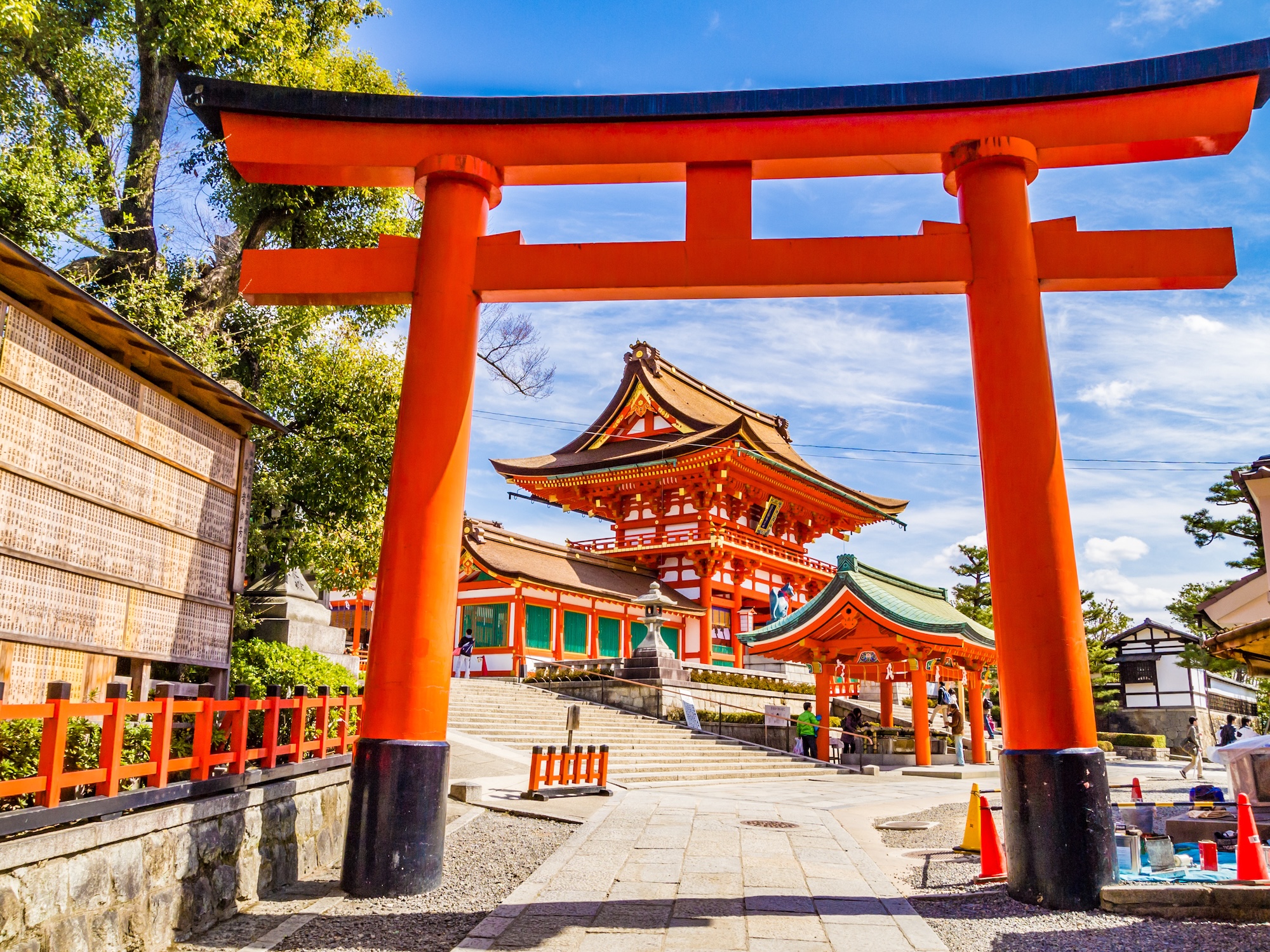
Essential Tips for Visiting Japan's Sacred Shrines and Temples
An informative guide for travelers to explore Japan's shrines and temples, highlighting cultural significance and visitor etiquette.
Exploring Japan’s Sacred Sites
With spring being the peak season for Japanese travel, online searches for ‘Fushimi Inari Shrine’ have surged by 140%. Recent incidents affecting sacred sites, including damage at Tokyo’s Meiji Shrine and excessive bell-ringing at Kyoto’s Yasaka Shrine, have prompted stricter preservation rules.
Travel Tips for Japan’s Shrines and Temples
Experts at JR Pass share vital advice to enhance your experience at Japan’s shrines and temples.
Haroun Khan, Founder of JR Pass states: “We may be biased, but Japan’s temples and shrines offer one of the most serene experiences in the world, blending history, spirituality, and nature…”
Top Recommendations
-
Fushimi Inari Taisha
- Known for its stunning path of over 1,000 red torii gates and dedicated to the deity of rice and prosperity.
-
Sensoji: Tokyo’s oldest temple, renowned for its architectural beauty and cultural significance.
-
Kinkakuji: Famous for its golden pavillion, surrounded by beautiful gardens.
Understanding Shintoism and Buddhism
Japan’s spiritual identity comprises Shintoism, focused on kami (spirits), and Buddhism, known for meditation and monumental sculpture, such as the Great Buddha.
Guidelines for Visitors
Be mindful of traditions when engaging with these sacred spaces. Start your visit by cleansing at purification fountains and respecting the rituals of each site. Participate by writing wishes on ema plaques and lighting incense as a gesture of reverence.
For more information on how to enjoy Japan’s rich cultural heritage while respecting its traditions, consider visiting during quieter hours.
